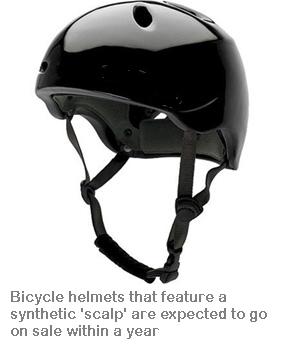 A British invention that allows cycle helmets to imitate the way the scalp moves over the human skull when it receives a glancing blow has been welcomed by the Environmental Transport Association (ETA).
A British invention that allows cycle helmets to imitate the way the scalp moves over the human skull when it receives a glancing blow has been welcomed by the Environmental Transport Association (ETA).
Existing cycle helmets work in a similar way to the skull by protecting against direct blows, but in the event of a crash the
Phillips Head Protection System behaves like a synthetic ‘scalp’ that is able to move, and thereby reduce, the risk of serious rotational head injuries.
According to Ken Phillips, the inventor of PHPS, such cycle helmets are likely to be on sale within a year.
Director at the Environmental Transport Association (ETA) said: “This British invention promises to make cycle helmets far more effective, particularly for children.”
Cycle helmet efficacy
Questions surround the efficacy of cycle helmets.
According to the cycle helmet research foundation, conventional cycle helmets are not designed to mitigate rotational injuries, and research has not shown them to be effective in doing so. Some doctors have expressed concern that cycle helmets might make some injuries worse by converting direct forces to rotational ones.
The Phillips Head Protection System was developed by British industrial design company IDC and already has been applied to motorcycle helmet design. Under licence to Lazer Helmets , it goes on sale this week as the ‘Super Skin’ range.
Cycle insurance
Every cycle insurance policy from the ETA covers against theft, vandalism and accidental damage (even at race events) and includes third party insurance, personal accident cover, bicycle breakdown cover and

0 Comments View now